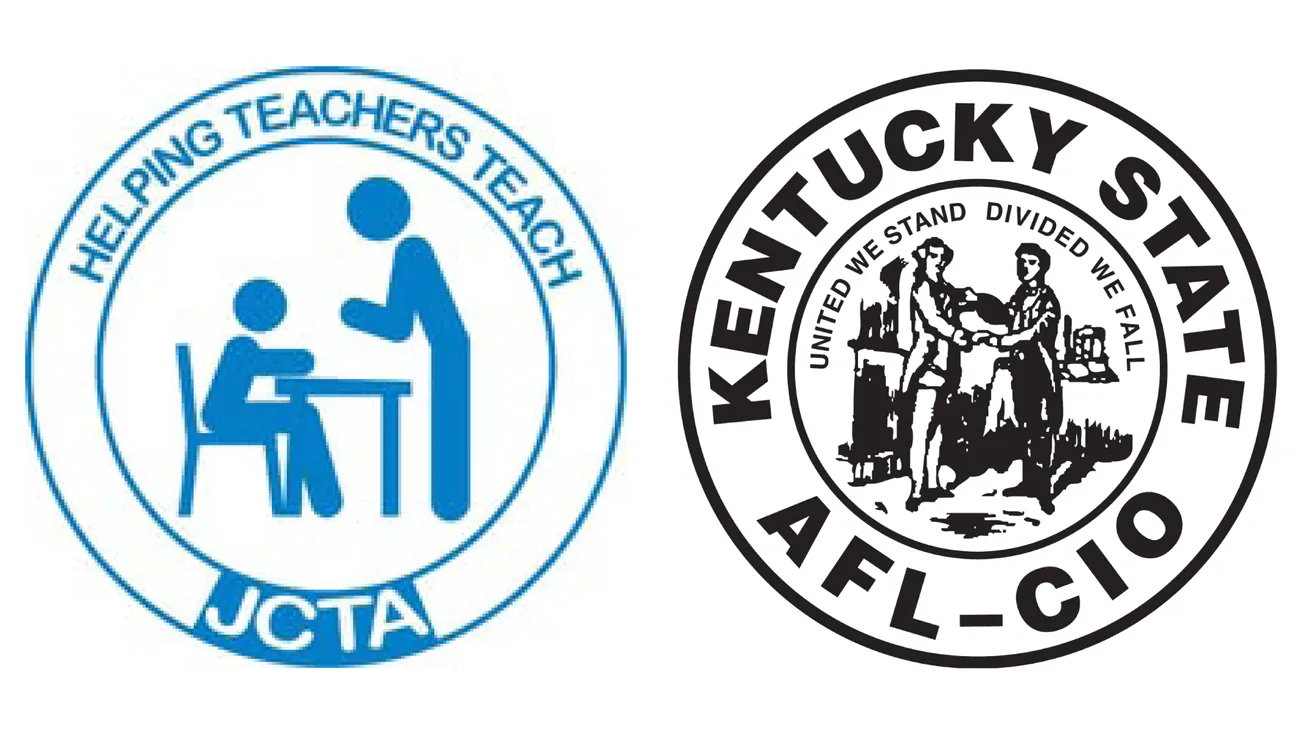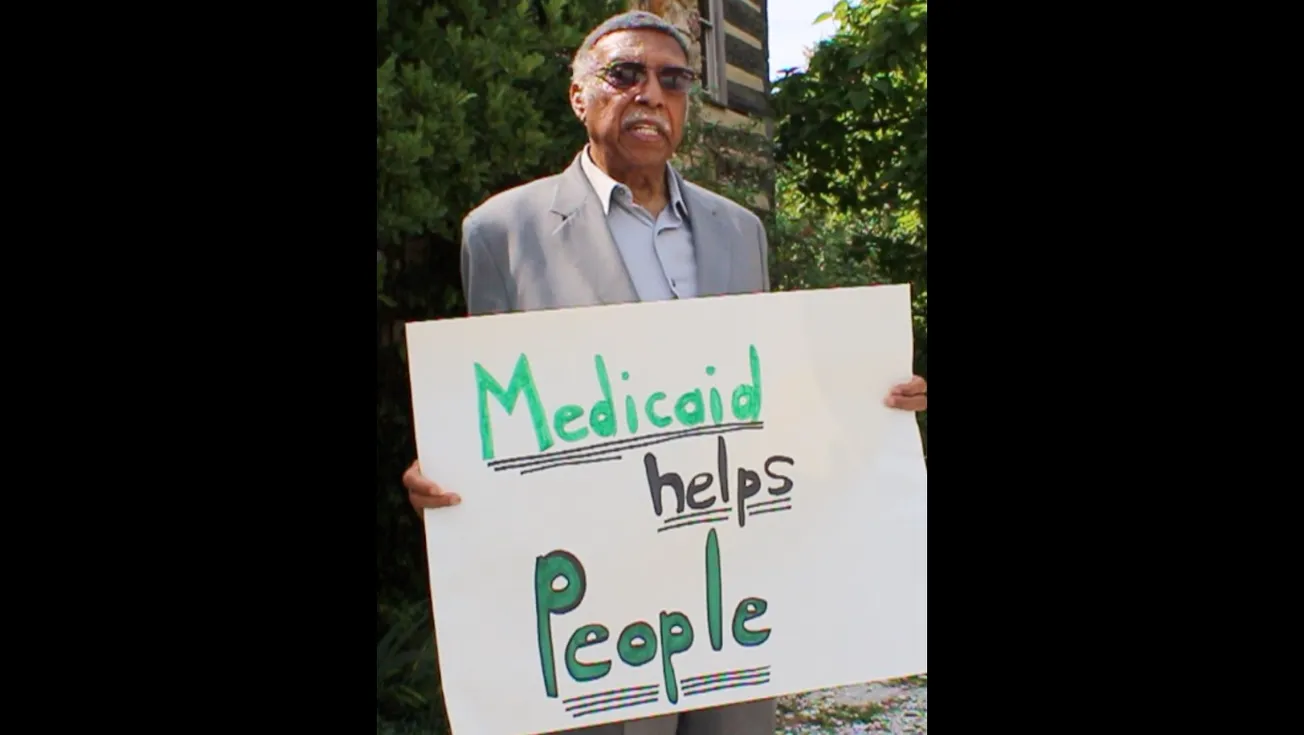I continue to be grateful for the team we have at Forward Kentucky, and proud of the work they do. So it is with a great deal of pleasure that I can tell you that we have not one, but TWO new books on the way from two of our writers, Berry Craig and Paul Wesslund.
And don’t worry – neither of these has to do with politics! Each book comes from the interests and passion of its author outside of the political realm, and each tells a story of humanity and sacrifice.
I’m excited to share these pre-publishing summaries with you, and I promise you that when the books area available we’ll share the good news right here. Enjoy!
Kentuckians and Pearl Harbor:
Stories from the Day of Infamy
by Berry Craig

My book is titled Kentuckians and Pearl Harbor: Stories from the Day of Infamy. It is scheduled to published by the University Press of Kentucky on Nov. 1.
The book was inspired by Walter Lord’s classic Day of Infamy (1957), which I read as a kid. He wrote about the combatants and civilians on Oahu. So did I. But I also devoted a chapter to the Kentucky home front.
 The book focuses on a number of sailors, marines, soldiers, airmen, and a coast guardsman with Kentucky connections. Gunner’s Mate Second Class James Allard Vessels of Paducah survived the explosion of the Arizona. Ensign Robert Leopold of Louisville did not. His remains are still entombed in the battlewagon, whose rusty hull is straddled by the famous memorial.
The book focuses on a number of sailors, marines, soldiers, airmen, and a coast guardsman with Kentucky connections. Gunner’s Mate Second Class James Allard Vessels of Paducah survived the explosion of the Arizona. Ensign Robert Leopold of Louisville did not. His remains are still entombed in the battlewagon, whose rusty hull is straddled by the famous memorial.
The Navy first telegraphed the father of Fireman First Class Jim Hamlin of the sunken USS California that he was dead. Hamlin, who settled in Lone Oak after World War II, treasured the erroneous wire and a subsequent one that promised Green Hamlin that his son was alive.
USS New Orleans Chaplain Howell Forgy of “Praise the Lord and pass the ammunition” fame left the pulpit at Murray First Presbyterian Church to join the Navy.
Marine Thomas Crump, who retired in Louisville, suffered shrapnel wounds to his lip and the back of his head. Bomb blasts bowled him over several times, but he stuck to his post guarding the gangplank of the battleship Pennsylvania.
Soldier Calvin Leisure of Ohio County grabbed his rifle and blasted away at the Japanese planes from a golf course sand trap. When bombs started raining down on adjacent Wheeler Army Air Field, Army cook Luby Saxton of Mayfield took cover inside a large oven in a Schofield Barracks mess hall.
Cook Joe Incontro of Owensboro was preparing Swiss steaks in the galley of the coast guard cutter Taney in Honolulu harbor. When somebody asked him about the big racket over toward Pearl Harbor, he replied, “Just keep cooking.”
Not long after the “Day of Infamy,” Frankfort organized and armed an all-woman home guard outfit. City officials also held an air raid drill. Lacking a siren, they used an old steamboat whistle. In Ashland, citizens gathered in a park to torch a big pile of Japanese-made goods. Evidently, nobody saw a parallel between the pyre and Nazis burning books.
The Danville police chief scoured his town for Japanese and was proud to report that he found none. Fearing enemy saboteurs, officials closed the Lexington water works property to visitors, including members of a local angling club who fished in the reservoir. A Louisville man was sent to prison for sabotaging a machine in the factory where he did war work. He wasn’t an enemy agent. He was evidently tipsy and confessed he just wanted Christmas Eve off.
I interviewed several Pearl Harbor survivors when I was a feature writer and columnist for the Paducah Sun-Democrat and Paducah Sun. They formed the nucleus of the book. I quoted from audio and video-taped interviews of others. Old newspaper sources and official military documents yielded a wealth of information, too.
Kentuckians and Pearl Harbor will be my ninth book, all of them about Kentucky history. It was, by far, the most enjoyable one to research and write. Melinda, my spouse of 41 years, pointed out that I had never written a book about a place I’d never been. So she promoted a trip to Honolulu where we met with Daniel Martinez, the chief historian at the Pearl Harbor National Memorial. You’d be hard pressed to find anybody alive who knows more about the Pearl Harbor attack than Daniel, who was acquainted with Walter Lord. Daniel graciously agreed to an interview, showed us around Pearl Harbor and critically reviewed my book manuscript.
(Berry’s new book can be pre-ordered from Kentucky Press.
Small Business, Big Heart —
How One Family Redefined the Bottom Line
by Paul Wesslund

It seemed only natural to invite Sal and Cindy Rubino to talk to my Sunday School class. They were members of our church, and their restaurant, The Café, had just been featured in the news for its practice of hiring refugees and people in addiction recovery. But that morning I heard two things I hadn’t expected.
The first was that Sal and Cindy’s hiring practices weren’t about a desire to do good deeds, but to employ good workers. It was business. It turns out that for people who have survived addiction or a refugee camp, restaurant work is a comparatively easy second chance at life. Those business reasons for nontraditional hiring spoke to a mantra that had developed in my brain over the decades, a mantra that took issue with the statement that “Doing the right thing can be good business.” I would think, “No, doing the right thing is good business.” Finally, here was living proof of that private opinion.
The second surprise was that their restaurant success didn’t come easy. The pressures of work nearly destroyed their family. While they were fighting bankruptcy and had to give up their leased vehicles, a church member lent them a car. The writer in me saw in that a message about the importance of community, as well as conflict and drama — the stuff of successful storytelling.
 That was two and a half years ago. Since then I’ve done 80 interviews with 30 people to be able to write Small Business, Big Heart—How One Family Redefined the Bottom Line. Over the months I bought extra file folder holders and covered my walls with index cards of quotations and sentence fragments, and sheets of paper with timelines (my daughter counseled, “That’s fine as long as you don’t start connecting them with string”). In the process I discovered a story about the risks and rewards of giving, and getting, second chances in life and business. I grew up in a sheltered suburbia, so I had a lot of learning to do, figuring out the restaurant industry, visiting AA meetings, struggling to understand the thick accents of refugees from Burma, Cuba, Uzbekistan, and Nepal. I heard about the crucial distinctions between immigrants and refugees. It was pointed out to me that when you hire someone who’s in an addiction recovery program, you’re hiring someone with an accountability plan—that’s something I can’t say about myself.
That was two and a half years ago. Since then I’ve done 80 interviews with 30 people to be able to write Small Business, Big Heart—How One Family Redefined the Bottom Line. Over the months I bought extra file folder holders and covered my walls with index cards of quotations and sentence fragments, and sheets of paper with timelines (my daughter counseled, “That’s fine as long as you don’t start connecting them with string”). In the process I discovered a story about the risks and rewards of giving, and getting, second chances in life and business. I grew up in a sheltered suburbia, so I had a lot of learning to do, figuring out the restaurant industry, visiting AA meetings, struggling to understand the thick accents of refugees from Burma, Cuba, Uzbekistan, and Nepal. I heard about the crucial distinctions between immigrants and refugees. It was pointed out to me that when you hire someone who’s in an addiction recovery program, you’re hiring someone with an accountability plan—that’s something I can’t say about myself.
It all made me able to write the story of a successful business model that was based on compassion. Running a business based on compassion wasn’t easy for Sal and Cindy, which made for good storytelling from my point of view. Their business model meant seeing the human beings in employees, which required hard work. It could mean attending a high school orientation with an employee’s family or creating a system of hand signals in the kitchen. It could mean the hard decision of taking a worker to a recovery program. Or firing them. That kind of going the extra mile day after day could be almost impossibly hard, but it turned out to be worth it for Sal and Cindy’s business, their family, their marriage, and their humanity.
The biggest turn in my planned storyline came when I asked a recovery worker what The Café has meant to the community. Helping overcome stigma, he answered. He was mainly talking about what happens to people when a potential employer learns about an addiction or prison history, but it made me think more broadly about how we judge people, immediately limiting their opportunities. How do our attitudes change when we hear someone is a refugee? With another of my passions, music, I started noticing what it can mean to an artist when they’re labeled a folk singer rather than a country singer. In the case of my own book I felt those judgements of trying to categorize people and things when I would tell an agent about the role that Sal and Cindy’s Christian faith played in their business. Maybe you should talk to a religious book publisher, more than one of them suggested.
The potential of limiting my book’s message to a faith audience is one reason I decided to go the self-publishing route. Another was facing the one-year-plus timeline of a more traditional agent-publisher path. I feel an urgency to call attention to the book’s themes of kindness, integrity, second chances, and seeing people for what they can be.
(You can learn more about Paul and about his new book at his also-new web site, PaulWesslund.com.)
–30–







